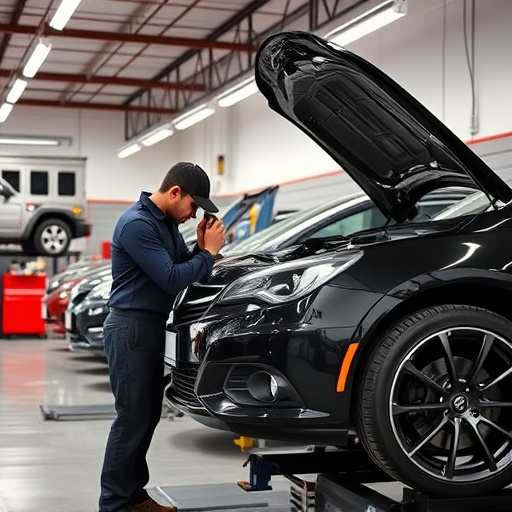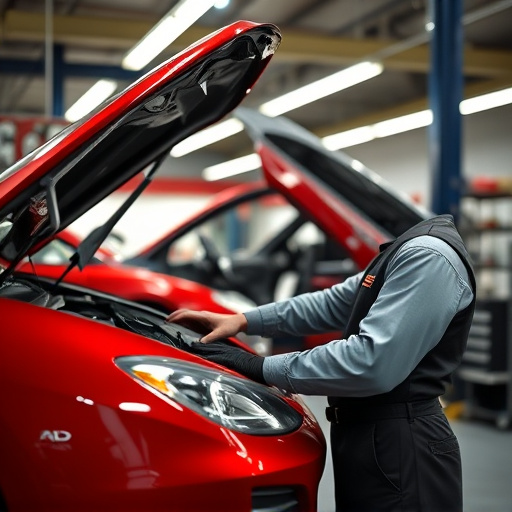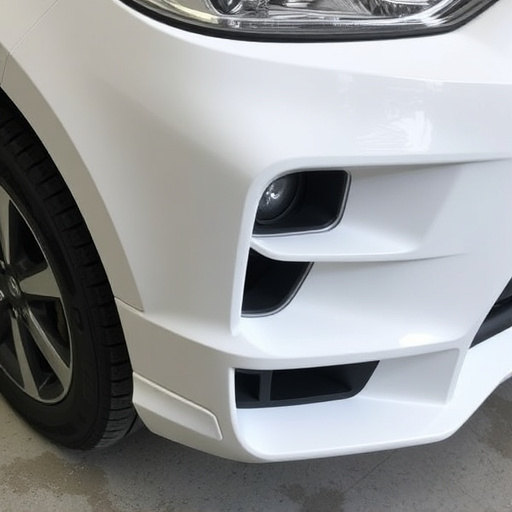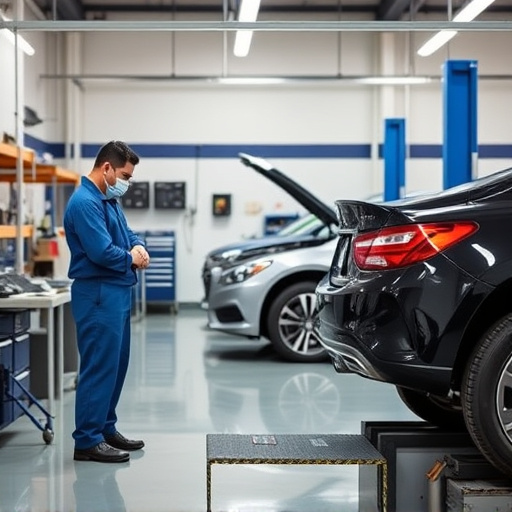An EPA compliant body shop adheres to stringent environmental standards by implementing certified employee training, investing in specialized equipment like vacuum systems and particulate filters, and maintaining meticulous records. This not only prevents penalties but promotes safety and sustainability. Key elements include regular training sessions, well-designed extraction systems, adequate ventilation, and documentation of job progressions and employee certifications, ensuring the shop remains environmentally responsible.
Running an EPA-compliant body shop is more than just a legal requirement; it’s a commitment to environmental stewardship. This comprehensive guide delves into the crucial aspects of operating such a facility, focusing on understanding Environmental Protection Agency (EPA) regulations, investing in essential equipment and facilities, and fostering a culture of training, documentation, and continuous improvement. By adhering to these key requirements, body shops can not only meet EPA standards but also contribute to a greener future.
- Understanding EPA Regulations for Body Shops
- Essential Equipment and Facilities for Compliance
- Training, Documentation, and Continuous Improvement
Understanding EPA Regulations for Body Shops

The Environmental Protection Agency (EPA) sets stringent standards for businesses involved in automotive repairs, particularly when it comes to handling and disposal of hazardous materials. For an EPA compliant body shop, understanding and adhering to these regulations is paramount. These rules encompass a wide range of aspects, from proper management of toxic substances used in auto body work to ensuring the safe disposal of waste products generated during auto repair services.
Compliance involves implementing specific practices tailored to the types of auto repair shop operations. This includes utilizing certified training programs for employees, investing in appropriate containment and disposal systems, and maintaining meticulous records of all hazardous materials received, stored, and used within the facility. By strictly adhering to these measures, an EPA compliant body shop not only avoids hefty penalties but also contributes to a safer, more sustainable environment.
Essential Equipment and Facilities for Compliance

An EPA compliant body shop requires specific equipment and facilities to meet environmental standards while performing auto body work, auto body restoration, or auto dent repair. Essential tools include vacuum systems for efficient paint removal, particulate filters to capture and contain hazardous particles, and water containment areas to manage waste liquids responsibly. These measures are crucial in minimizing the shop’s ecological footprint.
Furthermore, adequate ventilation is vital to control volatile organic compounds (VOCs) released during these processes. Well-designed extraction systems, paired with proper training for staff on sustainable practices, ensure that an EPA compliant body shop operates effectively while upholding environmental regulations.
Training, Documentation, and Continuous Improvement

Training is a cornerstone for any EPA compliant body shop. Technicians must be equipped with the knowledge and skills to handle hazardous materials responsibly, perform repairs according to environmental standards, and ensure proper disposal protocols are followed. Ongoing training sessions and workshops can keep staff up-to-date on the latest regulations, safety practices, and innovative techniques within the auto repair shop and car bodywork services industries.
Documentation plays a vital role in maintaining EPA compliance. Detailed records of each repair job, including the materials used, disposal methods, and employee training, must be meticulously maintained. This not only facilitates audits but also serves as a valuable tool for tracking progress, identifying areas for improvement, and continuously enhancing auto body services operations. Through rigorous documentation and regular reviews, the body shop can ensure it stays on top of industry standards and environmental regulations.
Operating an EPA-compliant body shop requires a comprehensive understanding of environmental regulations, investment in essential equipment and facilities, and a commitment to ongoing training and documentation. By adhering to these key requirements, body shop owners can not only meet regulatory obligations but also enhance their operations’ efficiency and reputation as responsible stewards of the environment. This ensures a sustainable future for both the business and the industry as a whole.














